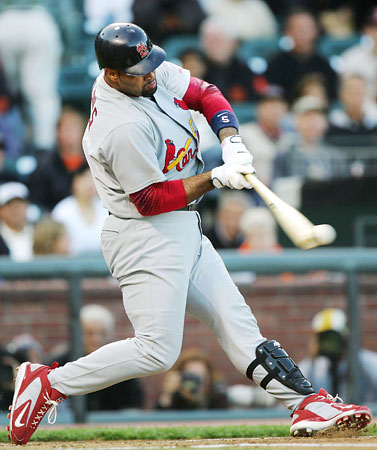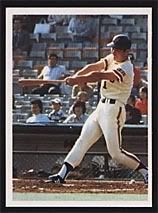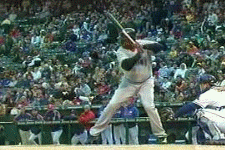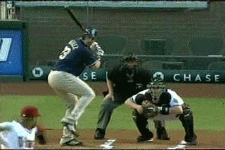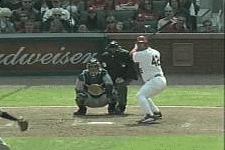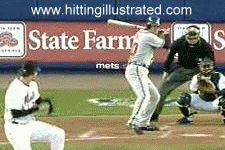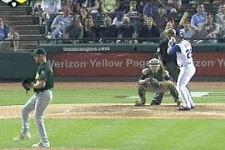quote:
Originally posted by Chameleon:
If you are saying, that through the "jutting" upward of the lead elbow, the hands remain out over the plate, they fight the body's rotation, they fight being pulled out of the zone, they do not take a hard right (lefty batter) or hard left (righty batter) so the already arcing barrel can hit the ball, then we agree. And if you are saying that the hands will take the already arcing barrel to the ball and in so doing will move outside for an outside pitch or pull in for an inside pitch, I agree.
IF, however, you are saying the swing is "powered by" the action (arms and body's rotation) that takes the knob to the ball, I couldn't disagree more.
Power comes from one area (actually two; hips and hands) and adjustments come from another (arms). Combining them is what poor hitters do.
That is why "knob to the ball" is a very dangerous cue. Knob to the ball, to most people means just that...pulling on the knob to take it toward the ball so the barrel comes around like a dog that has out run his leash. That movement combines the "powering of the swing" with the "adustment of the swing". It can not work.
What direction is the first movement of the barrel in each of those clips I posted? Torquing the handle in that direction will be accompanied by elbow lowering. Elbow lowering by itself will not guarantee the proper barrel direction at "go". See the amateur in the Bonds clip.
Like I said in one of my earlier posts, it is much easier for me to show someone how to do it than put it in writing. I also said, that Tony Gwynn was taking the knob to the ball and tucking his elbow at the same time, which creates the torque you are talking about. If you have learned a way to teach people to do that by telling them to torque the handle, then your style is successful. Like I also said earlier, for me, it is easier to take what Mr. Gwynn and Mr. Williams said they were trying to do and figure out how to teach someone else to do it. Lord, I think I agree with your first paragraph, but I am very much a hands on learner and teacher. I think we are saying the same thing, but have a different way of saying it. I know that my swing does the same thing that Bonds and Gwynn's swing does. I think their swings are pretty much the same except for the swing plane. I think if Gwynn would have swung on the same plane (4 degrees upward) as Bonds and Williams he would have hit many more Home Runs, but that's just my opinion. He had incredible torque in his swing, enough to lift his self off the ground in that clip you showed. If you look at Bonds, McGwire, Williams, Aaron, Ruth, even Mays, they all launch from around waist high or lower.
